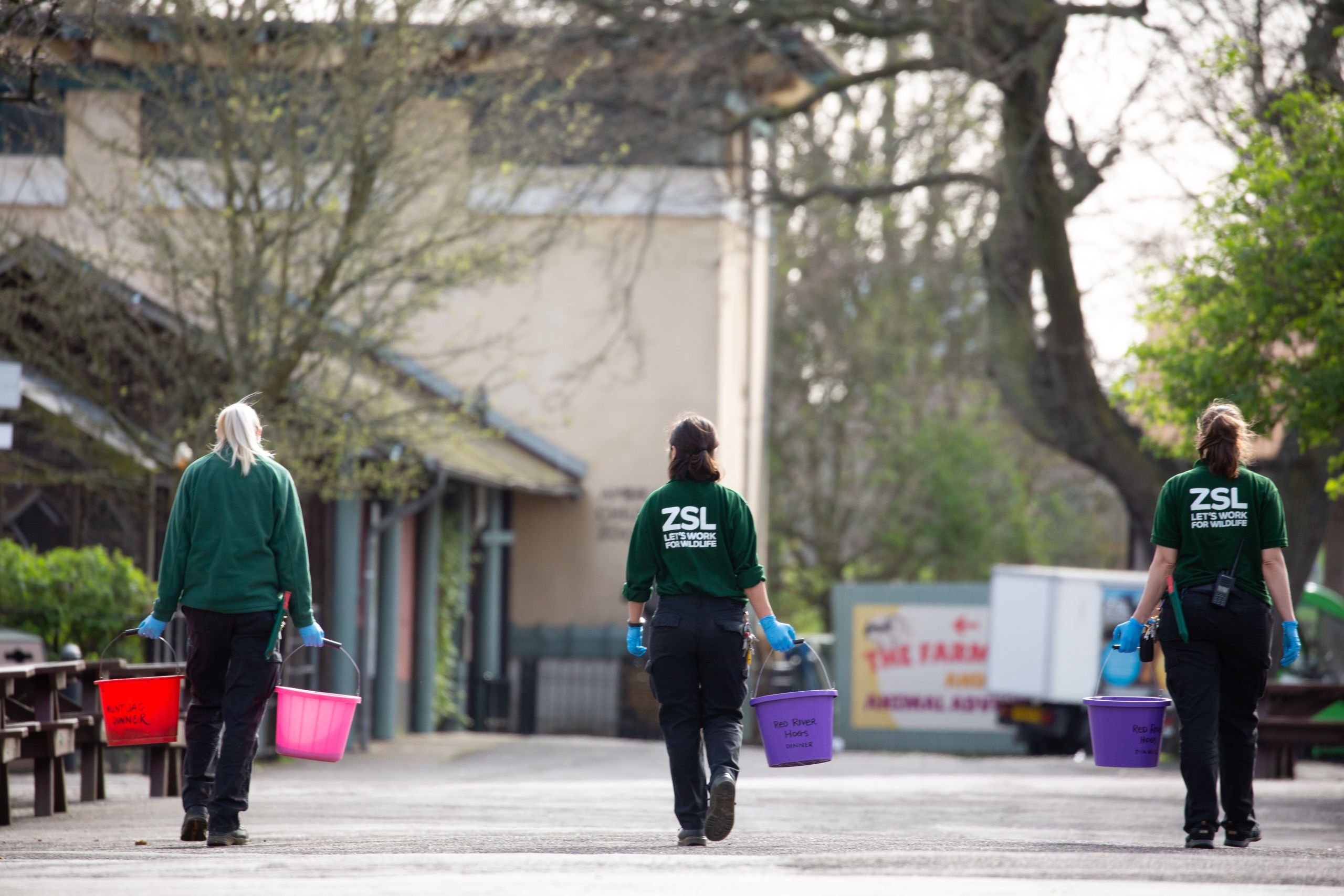How ZSL London Zoo can help prevent
the next pandemic
By Elisabetta Pulcini
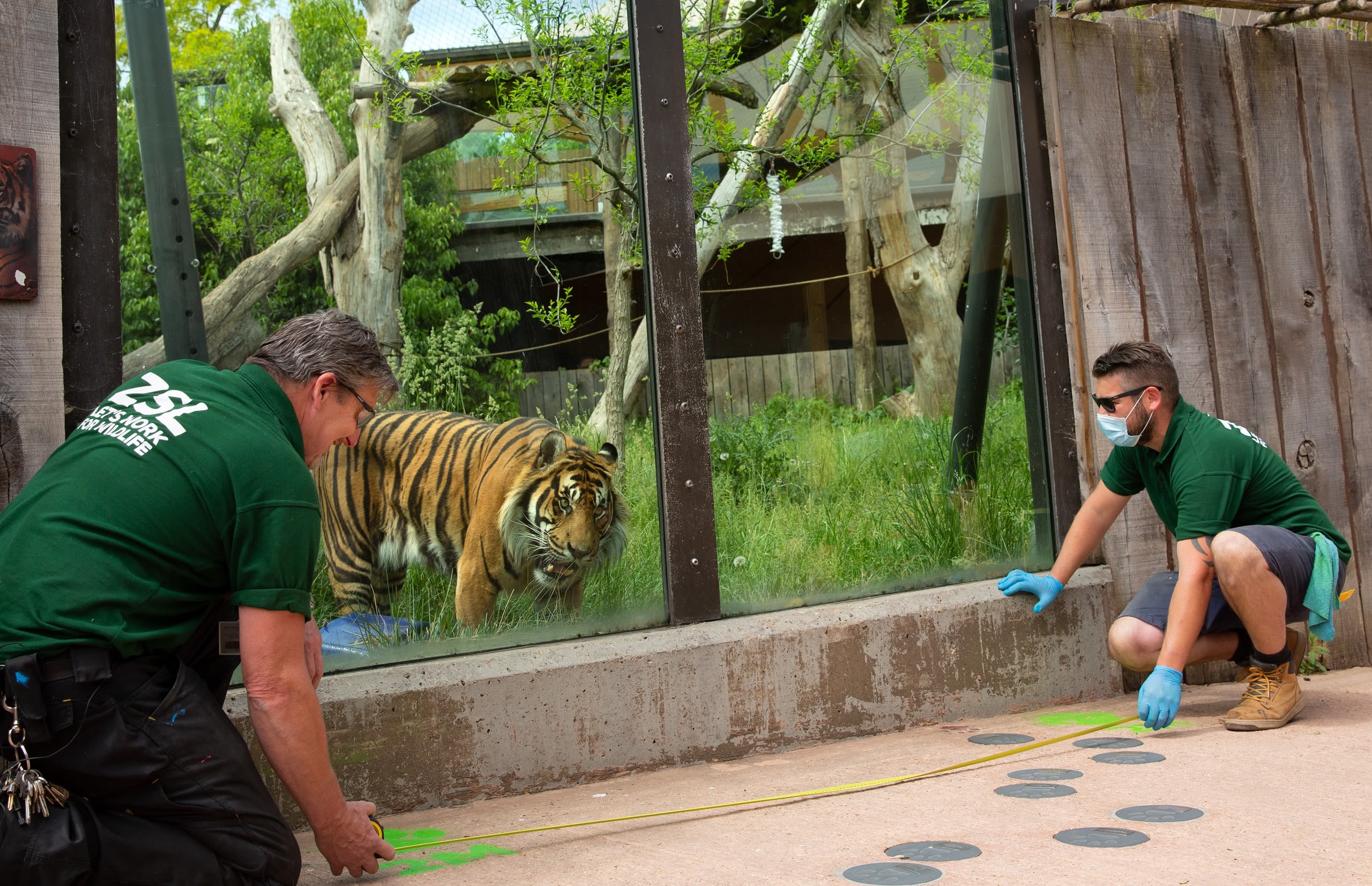
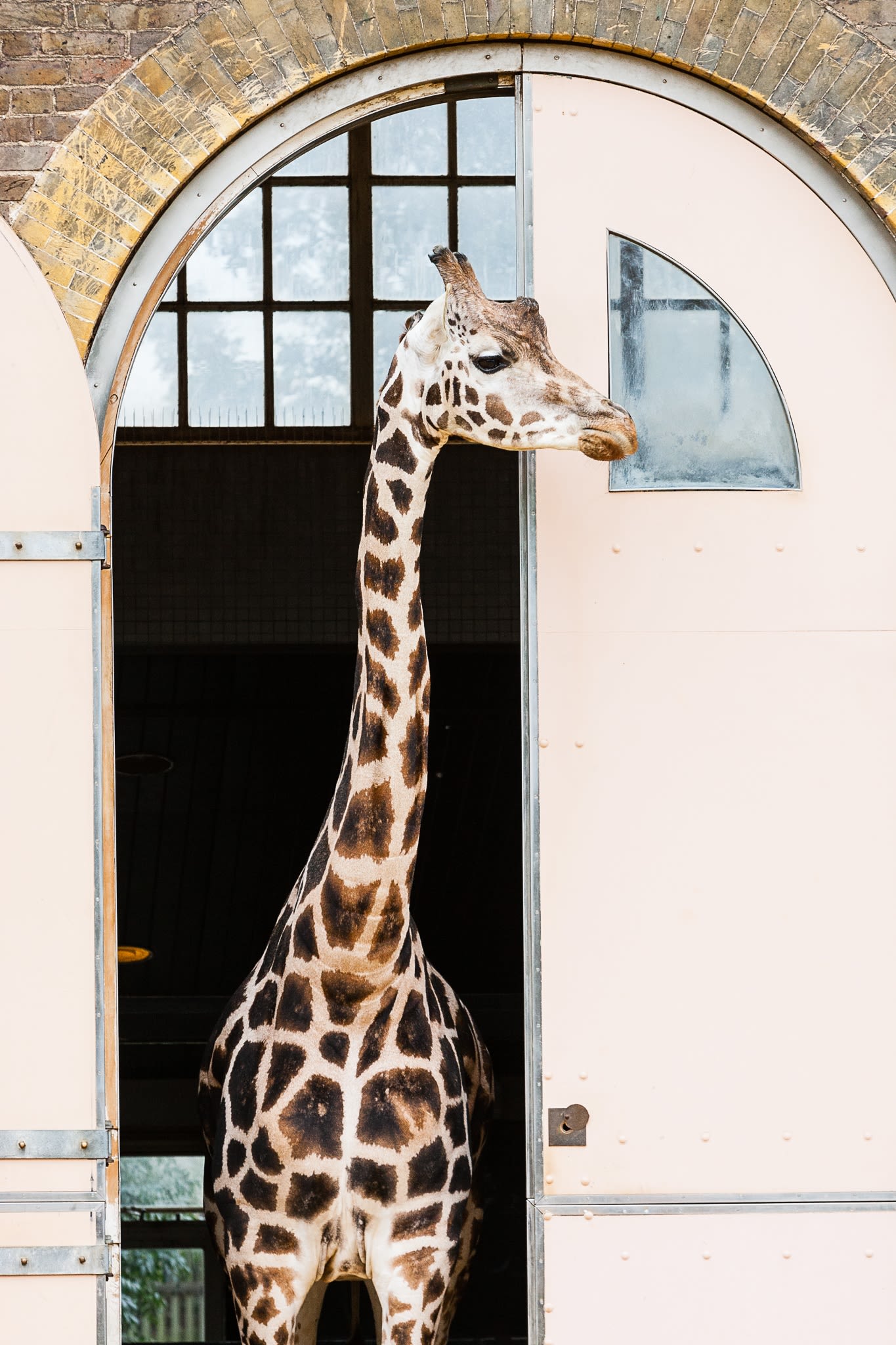
Giraffe at ZSL London Zoo
Giraffe at ZSL London Zoo
Opened to the public in 1847, London Zoo redefined our understanding of the natural world.
While most of the UK remains stuck in a third national lockdown, work at the world’s oldest scientific zoo continues.
From caring for attention-seeking gibbons to working to prevent the next pandemic, in these frequently described “unprecedented times” their work is more relevant than ever.
“ZSL is where Darwin and Huxley developed much of their thinking. Where Sir David Attenborough cut his teeth as a wildlife TV presenter. Where millions have been inspired with a love for wildlife.”
Kathryn England, ZSL London Zoo's chief operating officer
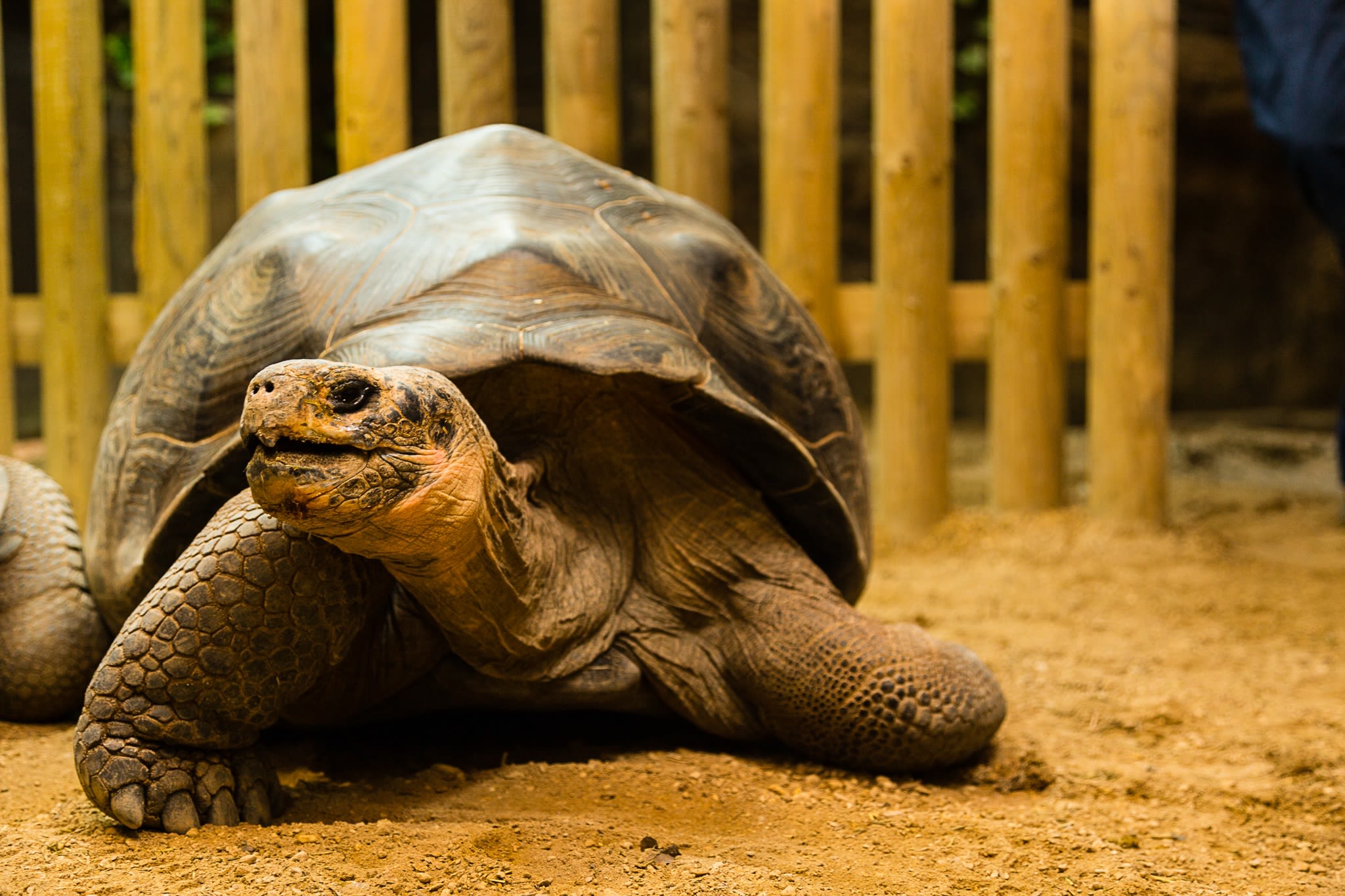
Pandemic Prevention
Zoological Society London (ZSL) is an international conservation charity which, in addition to running both London and Whipsnade Zoos, works to improve human interaction with animals, essential to preventing future pandemics.
Andrew Cunningham, professor of wildlife epidemiology at ZSL's Institute of Zoology, investigates diseases that threaten wildlife conservation, how infections circulate naturally within wildlife, and under what conditions they might jump to become diseases in other species, including humans.
His work of the last 15 years, including a 2013 co-authored paper which identified 61 bat viruses capable of infecting people, showed how viruses in bats are a uniquely diverse reservoir of potential infections which can jump from animals to humans, or ‘zoonoses’.
COVID-19 originated in bats, though it most likely was passed on to humans through an intermediate animal, according to the World Health Organization.
Professor Cunningham said: “One of the tragedies of the situation is that this pandemic was both predictable and preventable.
“The highest priority for the short-term protection of human health is to ban the long-distance trade in live wild animals for food as this provides multiple opportunities for virus spillover to people and is how the COVID-19 virus is thought to have originated.
“At the root of the problem is human behaviour, and so changing this provides the solution.”
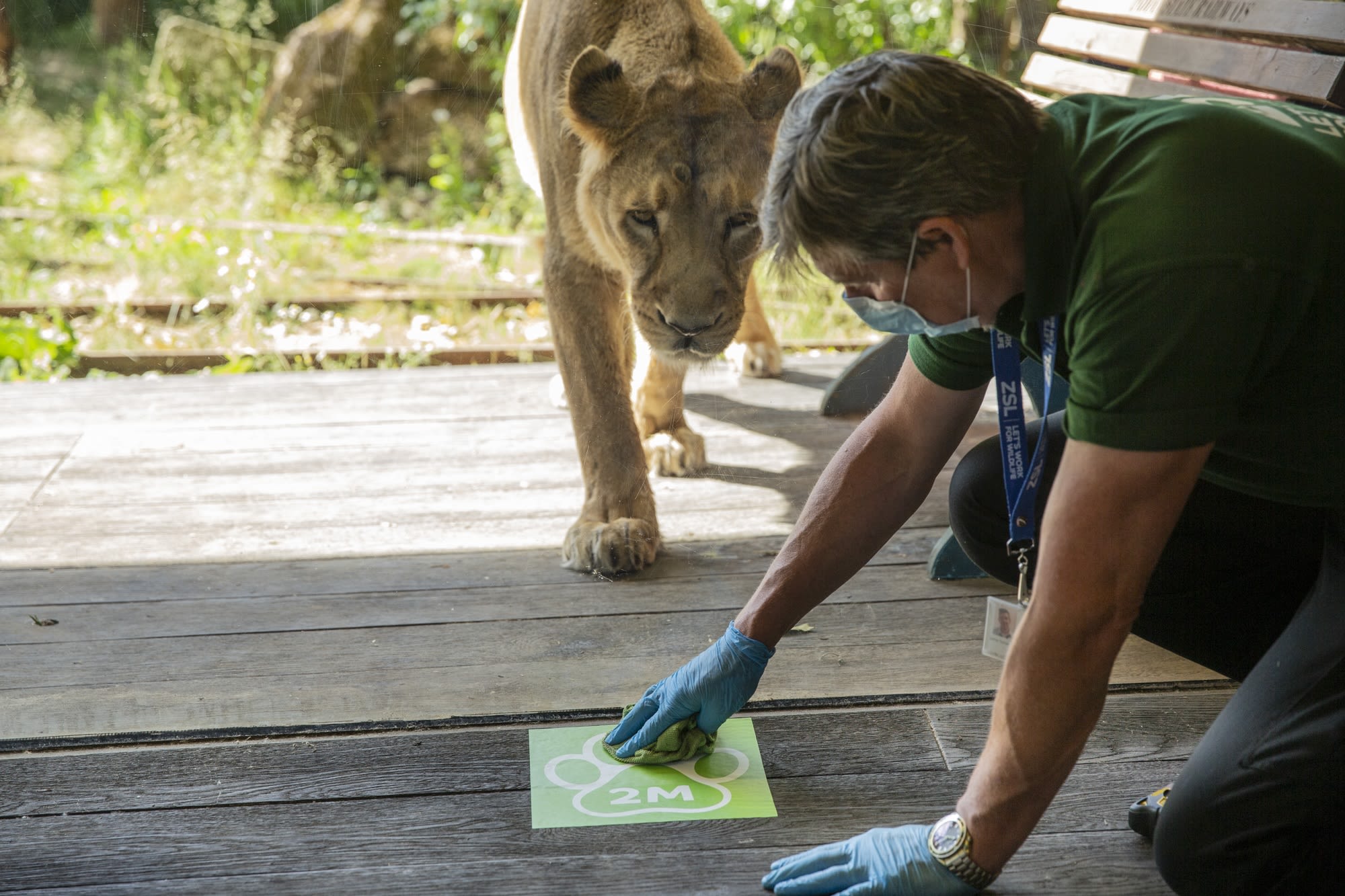
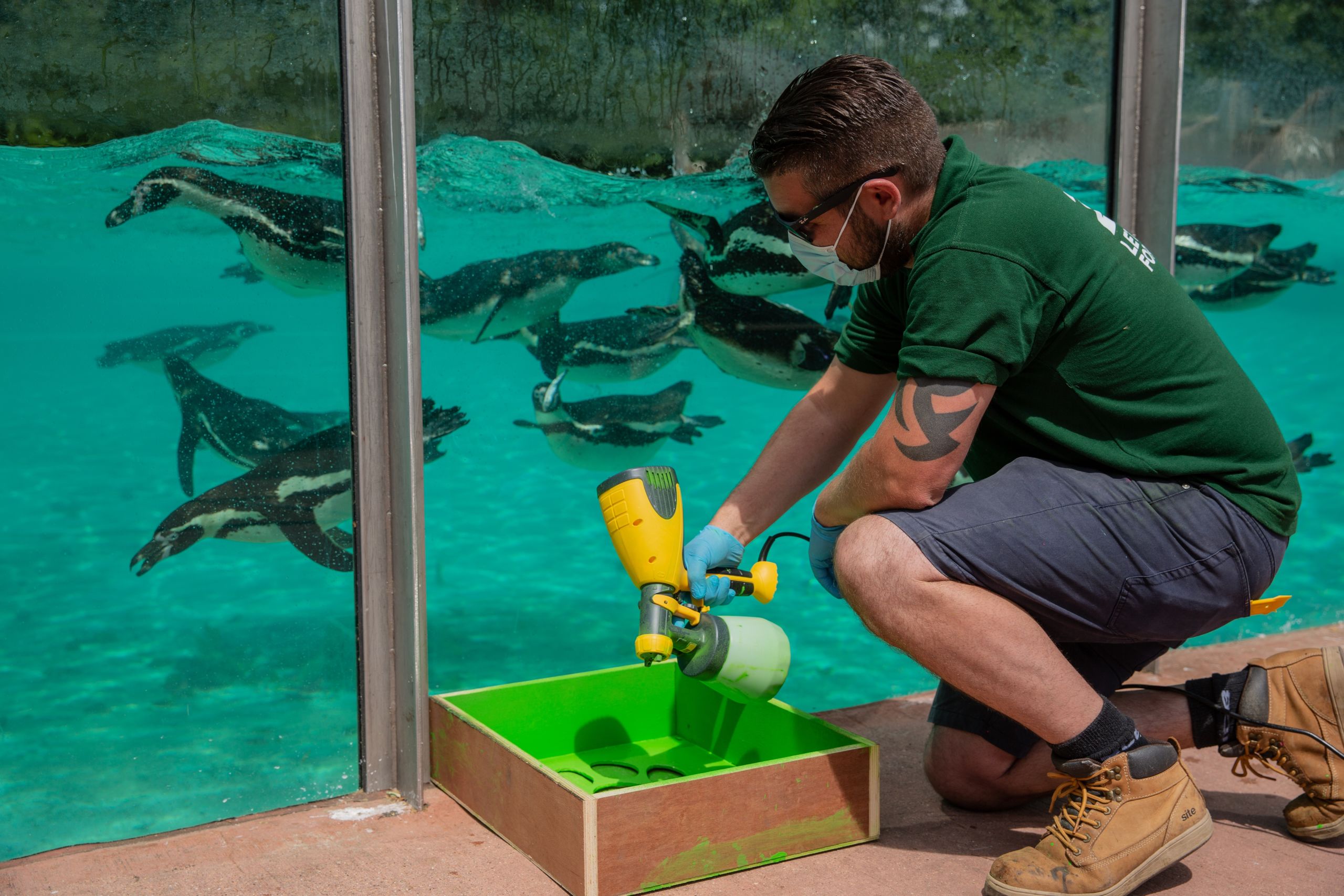
75%
of human pathogens originated in animals
according to the World Health Organization
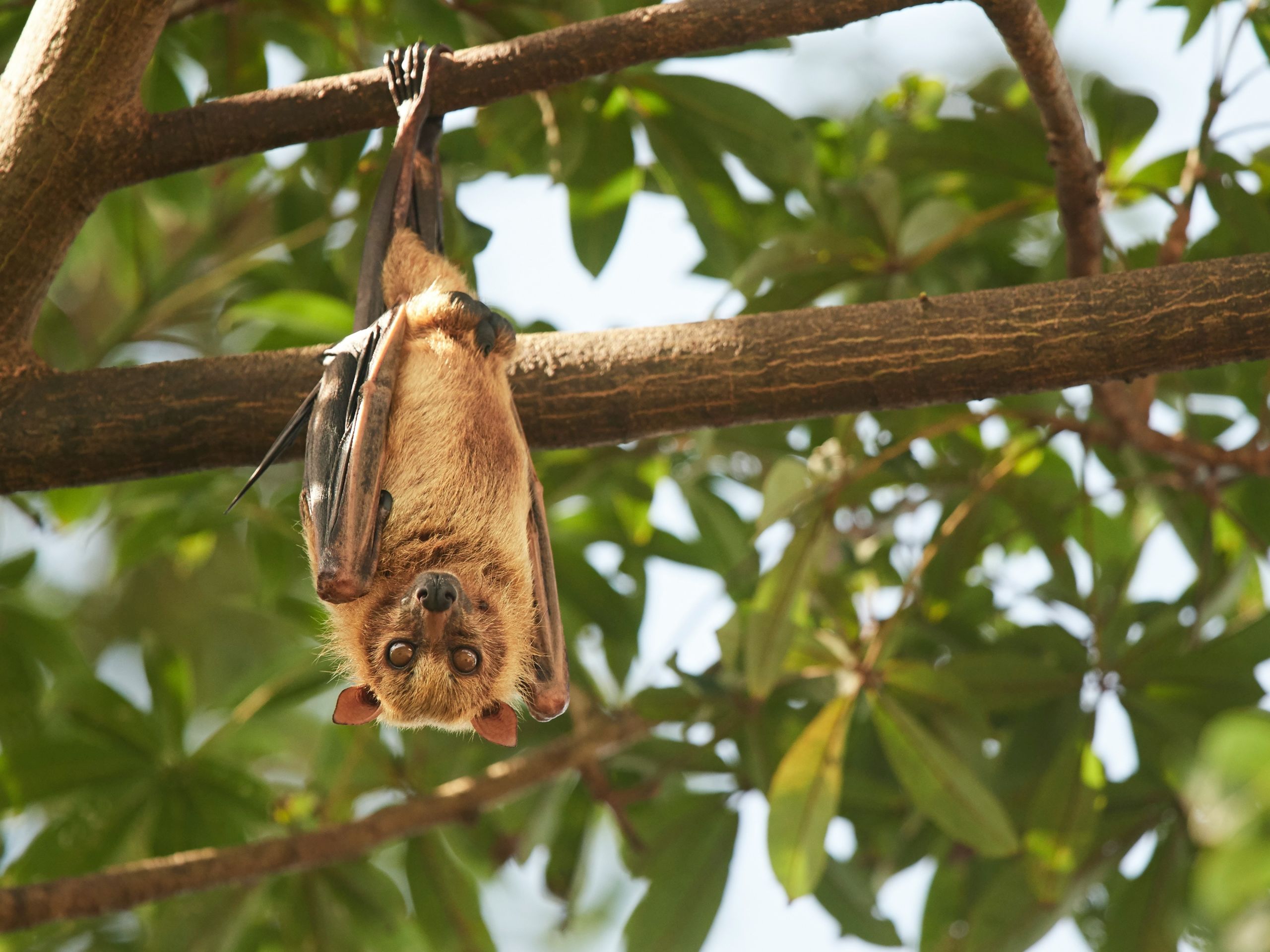
Wet markets, meaning markets of live animals, are of particular concern. In fact, it is wet market Huanan Seafood Wholesale Market in Wuhan, China that is thought of as the source of COVID-19.
This is because animals are taken from the wild to be crammed into cages. Combined with high levels of stress, this causes them to become immunosuppressed, leading to the excretion of pathogens. And it is in these markets that humans are exposed to zoonoses.
However, the regulation of wet market is made difficult by the cultural significance they hold. And while ending the illegal wildlife trade and reforming the legal wildlife trade are large endeavours, Professor Cunningham points out smaller changes we can make.
For instance, to reduce the risk of Nipah transmission, covering shaved tree bark and collecting vessels during the harvesting of date palm sap stops bats accessing the liquid drunk by children in Bangladesh.
“At the root of the problem is human behaviour, and so changing this provides the solution.”
Professor Cunningham

But COVID-19 is not the only example of this. Ebola, a virus found in bats, killed 50% of those infected in West Africa.
The ZSL team investigates wildlife health and how human interaction can contribute to the spread of zoonoses.
Professor Cunningham said: “Bats are not the problem. It is the way people are now interacting with these wild animals that causes new pandemics to occur.
“There will be more to come if we don’t learn how to coexist with nature and protect ourselves from diseases we don’t yet know exist.”
Impact on the Animals
Pandemics do not only affect humans. While viral videos have shown nature repossessing a world on pause, zoo animals continued to depend on their keepers.
Although most didn’t register the change, the absence of a public had an impact on some animals.
England said: “Some individuals did miss the public: during the first lockdown the pygmy goats continued to line up at the gate to their home, waiting for the public to give them their usual pats and strokes, leading keepers to step in and give them extra attention each day.
"While Jimmy the gibbon spent his days showing off his climbing skills to people over the boundary fence in Regent’s Park, who were out on their daily exercise.
“An attention seeker by nature, Jimmy was particularly pleased when the public could return to visit!”
However, zookeepers remained an essential part of the animals’ lives.
England said: “Dedicated staff continued to provide the same level of care for our animals as they would on any normal day, keeping things as routine as possible for the animals, many of which are threatened species in the wild and part of important global breeding programmes.
“We tightened our belts wherever possible, and also launched a fundraising campaign, backed by Sir David Attenborough, calling on the public to help us through this difficult time.”
On January 11, SARS-CoV-2 (the virus that causes COVID-19) was found in three gorillas at San Diego Zoo Safari Park in California who, despite the precautions, caught it from a member of staff, according to the US Department of Agriculture.
In this interview, Daniel Simmonds, Head of Primates, provides some insight into how the pandemic changed his job and the behaviour of the animals he works with.


“ZSL and its iconic zoos – London and Whipsnade - have been the crucible in which mankind’s understanding of the natural world has been forged for nearly 200 years."
Kathryn England
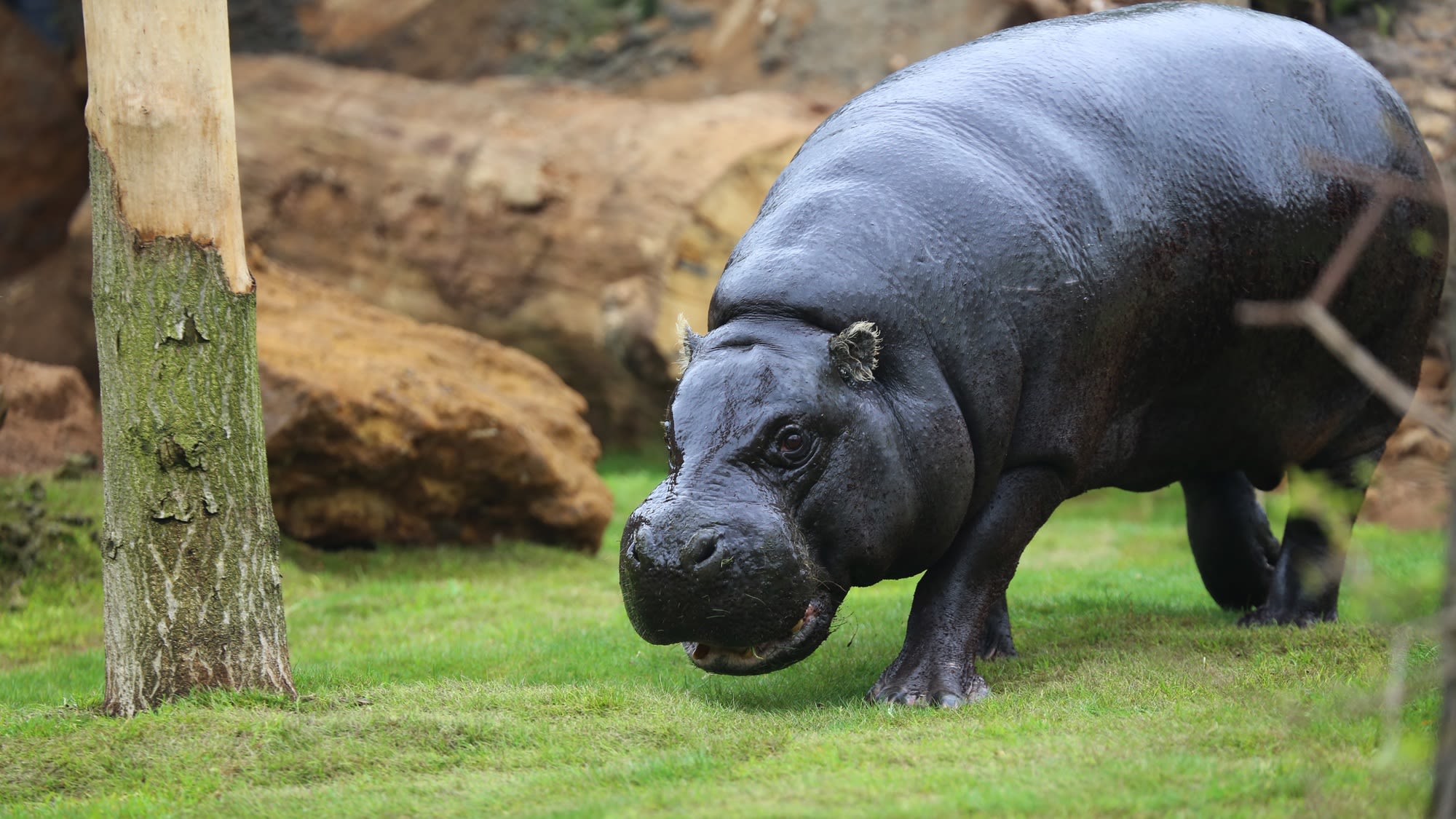
Economic impact of COVID-19
While the work of zookeepers and researchers continued, 2019-20 financial reports showed that the first lockdown, which started on March 23, had an impact on the organization.
The zoo was allowed to open to the public while London was in Tier 4 in December. The brief reopening did not alleviate the situation.
England said: “The amount of work involved in closing and the reopening the zoo to visitors so quickly can’t be under-estimated and so whilst our incredible teams pulled out all the stops to open, having to close again so quickly was extremely demoralizing.
Our situation remains very challenging.”
